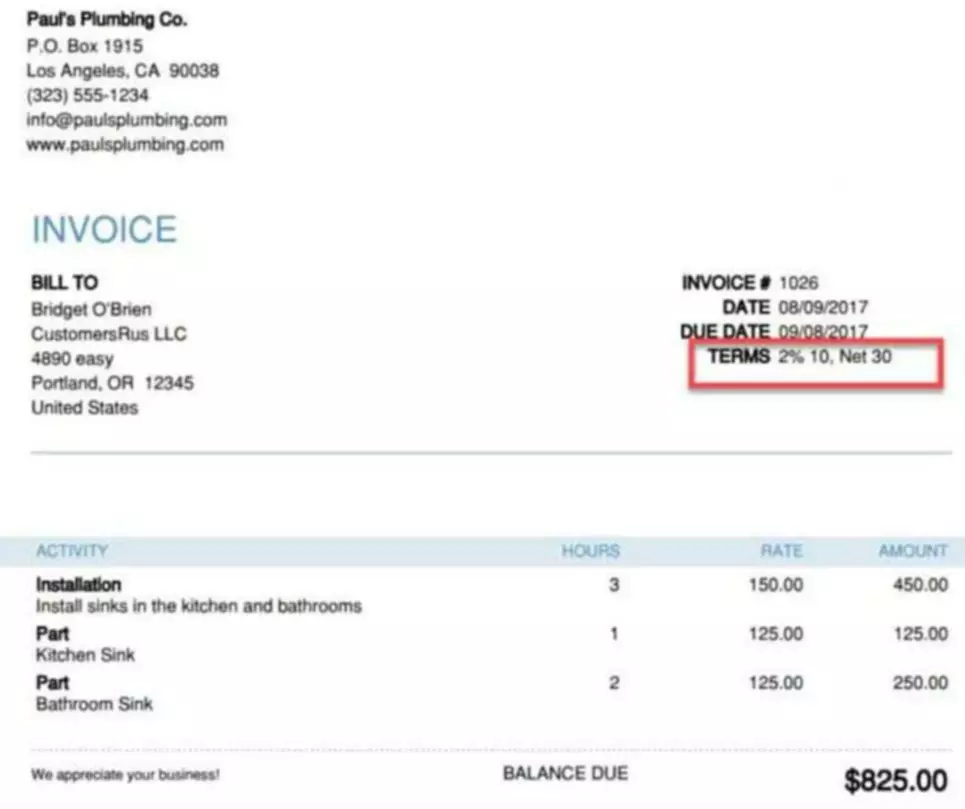Content

In contrast, intangible assets that have indefinite useful lives, such as goodwill, are generally not amortized for book purposes, according to GAAP. Calculating amortization for accounting purposes is generally straightforward, although it can be tricky to determine which intangible assets to amortize and then calculate their correct amortizable value. For tax purposes, amortization can result in significant differences between a company’s book income and its taxable income. Amortization is an accounting system used to periodically lower the book value of a loan or an intangible asset over a set period of time.
The rules for amortizing your intangible assets are found in Section 179 of the Internal Revenue Service code. Intangible assets that are not included under Section 197 are amortized differently. You can use the amortization deduction to lower your annual federal income tax liability. Another difference is the accounting treatment in which different assets are reduced on the balance sheet. Amortizing an intangible asset is performed by directly crediting (reducing) that specific asset account. Alternatively, depreciation is recorded by crediting an account called accumulated depreciation, a contra asset account.
Cost Accounting
The deciding factor on whether a line item gets capitalized as an asset or immediately expensed as incurred is the useful life of the asset, which refers to the estimated timing of the asset’s benefits. Your lender will then determine how much of a payment you’ll need to make each month to pay off your loan by the end of your term, whether that term is 15 years, 30 years or some other number. Gradually, a larger portion of each payment will go toward principal, and less will go to interest. For instance, by payment number 351, only $31.25 of your payment will go toward interest while $923.58 goes toward reducing your principal balance. An amortization table will also show the beginning balance of your mortgage payment each month – and the remaining balance after making your payment.
In balance sheet terms, this is the sum of everything recorded on the debit side related to the intangible asset. It is hard to write in numerical terms the value of intangible assets, especially something like goodwill that doesn’t have a practical use. As a result, the amortization of intangible assets grows in tandem with the consistent increase in purchases – with the total amortization increasing from $10k in Year 1 to $100k by the end of Year 10. After learning more about mortgage amortization, you may be wondering if it’s worth it to pay off your mortgage early.
How Do You Create A Mortgage Amortization Schedule?
You must use depreciation to allocate the cost of tangible items over time. Likewise, you must use amortization to spread the cost of an intangible asset out in your books. The more you pay toward your balance, the less interest you will have to pay. You can also understand how your payments are applied with the help of an amortization table.

The percentage depletion method allows a business to assign a fixed percentage of depletion to the gross income received from extracting natural resources. The cost depletion method takes into account the basis of the property, the total recoverable reserves, and the number of units sold. The total payment stays the same each month, while the portion going to principal increases and the portion going to interest decreases. In the final month, only $1.66 is paid in interest, because the outstanding loan balance at that point is very minimal compared with the starting loan balance.
Why Do We Amortize a Loan Instead of Depreciate a Loan?
When an asset brings in money for more than one year, you want to write off the cost over a longer time period. Use amortization to match an asset’s expense to the amount of revenue it generates each year. Premium amortization is a method that spreads the total premium amount received when issuing a bond in a series of periodic payments that are based on the effective interest rate.
A loan doesn’t deteriorate in value or become worn down over use like physical assets do. Loans are also amortized because the original asset value holds little value in consideration for a financial statement. Though the notes may contain the payment history, a company only needs to record its currently level of debt as opposed to the https://www.bookstime.com/ historical value less a contra asset. The term ‘depreciate’ means to diminish something value over time, while the term ‘amortize’ means to gradually write off a cost over a period. Conceptually, depreciation is recorded to reflect that an asset is no longer worth the previous carrying cost reflected on the financial statements.
How to Calculate Amortization of Intangible Assets
The amortization schedule calculations may seem a bit daunting at first, but all we are doing is checking each year to see how much of the debt principal must be repaid in that year. If, in a given year, the company is required to pay the loan in full, it pays the original principal amount less any prior amortization. Otherwise, the company is only required to repay the specified amortization amount. By accounting for your amortization costs, you can reduce tax liabilities. A spread-out expense (or borrowing) gives a clear perspective to both finance teams and management about expenses and income. If an intangible asset is anticipated to provide benefits to the company firm for greater than one year, the proper accounting treatment would be to capitalize and expense it over its useful life.
How do you explain amortization?
Put in plain terms, it is the process of paying off debt (your home loan) in equal installments over the term of your loan. The amortization schedule you received at closing outlines how much of your mortgage payment is applied to principal and interest each month throughout your loan term.
Only the costs to secure the patent, such as legal, registration and defense fees, can be amortized. The costs incurred to develop the technology, such as R&D facilities and your engineers’ salaries, are deductible as business expenses. This schedule is quite useful for properly recording the interest and principal components of a loan payment. Amortization is almost always calculated on a straight-line basis. Accelerated amortization methods make little sense, since it is difficult to prove that intangible assets are used more quickly in the early years of their useful lives.
What are the Types of Amortization?
They are an example of revolving debt, where the outstanding balance can be carried month-to-month, and the amount repaid each month can be varied. Examples of other loans that aren’t amortized include interest-only loans and balloon loans. The former includes an interest-only period of payment, and the latter has a large principal payment at loan maturity.
Calculating the monthly payment due throughout the loan’s life is how a loan is amortized. The next step is to create an amortization plan that specifies exactly what portion of each monthly payment goes toward the principal and what goes toward interest. The monthly interest will decrease since a portion of the payment will presumably be used to reduce the remaining principal debt.
Whether that’s beneficial to you depends on your unique circumstances. It’s why understanding how your monthly payments are applied and the savings you can generate by paying a bit more each month can help you financially in the long run. By studying your amortization schedule, you can better understand how making extra payments can save you a significant amount of money. The faster you whittle down your principal balance, the less interest you’ll pay. Although your total payment remains equal each period, you’ll be paying off the loan’s interest and principal in different amounts each month. At the beginning of the loan, interest costs are at their highest.
- You can now use Wafeq as an innovative accounting solution to run your business in an efficient way from one place.
- The amortization of intangible assets is closely related to the accounting concept of depreciation, except it applies to intangible assets instead of tangible assets such as PP&E.
- An amortization schedule (sometimes called an amortization table) is a table detailing each periodic payment on an amortizing loan.
- In business, accountants define amortization as a process that systematically reduces the value of an intangible asset over its useful life.
The formulas for depreciation and amortization are different because of the use of salvage value. The depreciable base of a tangible asset is reduced by the salvage value. The amortization base of an intangible asset is not reduced by the salvage value. This is often because intangible assets https://www.bookstime.com/articles/amortization do not have a salvage, while physical goods (i.e. old cars can be sold for scrap, outdated buildings can still be occupied) may have residual value. By definition, depreciation is only applicable to physical, tangible assets subject to having their costs allocated over their useful lives.
When you keep deducting the value of an intangible asset over its validity, it’s called amortization expense in accounting. In accounting books, this value is either deducted or spread over the duration of its service period. Amortization in accounting also sets guidelines to handle intangible assets effectively. It’s often neglected as it involves manual calculations and complicated formulas. Amortization of intangible assets is a process of spreading the acquisition cost of the intangible asset over its profitable usage time.
What is an amortized loan and give two common examples?
An amortized loan is one that is paid off in equal periodic payments over time. Two common examples are car loans and home mortgages.
An amortization plan is used through periodic charges to lower the outstanding balance on loans, such as a mortgage or a vehicle loan. They must be expenses that are deducted as business expenses if incurred by an existing active business and must be incurred before the active business begins. According to IRS guidelines, initial startup costs must be amortized. When a borrower takes out a mortgage, car loan, or personal loan, they usually make monthly payments to the lender; these are some of the most common uses of amortization. A part of the payment covers the interest due on the loan, and the remainder of the payment goes toward reducing the principal amount owed. Interest is computed on the current amount owed and thus will become progressively smaller as the principal decreases.










